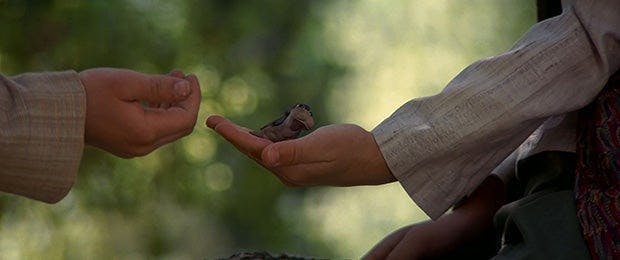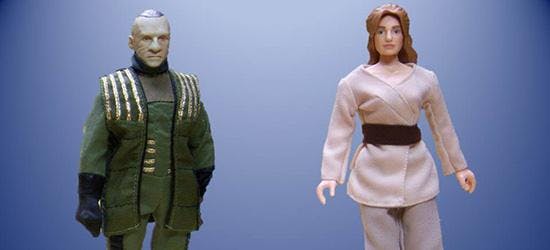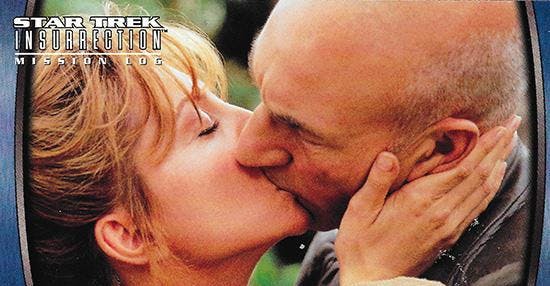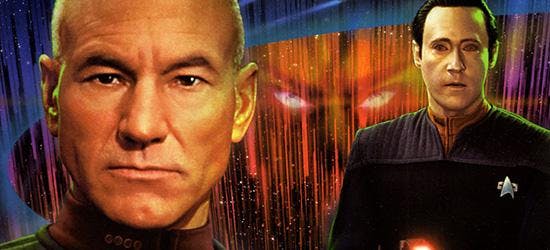
For more than 15 years we have had a soft spot for the Ba’ku culture created by Michael Piller for Star Trek: Insurrection. Likely our fascination for the serene agriculturalists grew out of our real-world field studies that we conducted amongst the Amish peoples of North America around the same time as the premiere of the film. Indeed, the Ba’ku share a resemblance metaphorically to the Amish. In fact, one of the few screen-used props we own is a Ba’ku costume which symbolizes the peaceful existence inherent in this ancient, yet ironically young, society.
This column, we pause to explore a single moment in time, as Anij suggests in the film, and celebrate the Ba’ku themed collectibles of Star Trek: Insurrection. You could say, we are traveling “Ba’ku to the Future.”



Maria Jose and John Tenuto are both sociology professors at the College of Lake County in Grayslake, Illinois, specializing in popular culture and subculture studies. The Tenutos have conducted extensive research on the history of Star Trek, and have presented at venues such as Creation Conventions and the St. Louis Science Center. They have written for the official Star Trek Magazine and their extensive collection of Star Trek items has been featured in SFX Magazine. Their theory about the “20-Year Nostalgia Cycle” and research on Star Trek fans has been featured on WGN News, BBC Radio, and in the documentary The Force Among Us. They recently researched all known paperwork from the making of the classic episode "Space Seed" and are excited to be sharing some previously unreported information about Khan's first adventure with fellow fans. Contact the Tenutos at jtenuto@clcillinois.edu or mjtenuto@clcillinois.edu.
